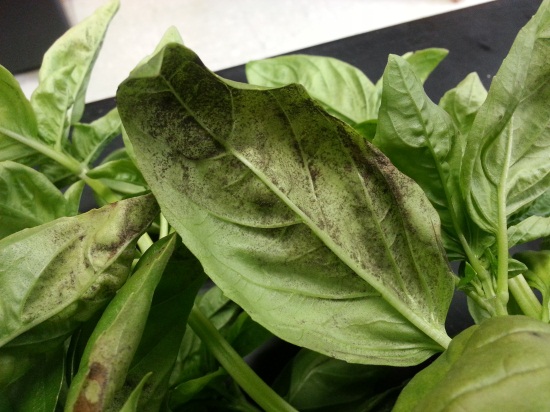Potato
Black Leg – Black leg is caused by Erwinia spp. which also cause ‘soft rots’. The bacteria which lead to the aerial phase of Blackleg are soil-borne (originate from old crop debris) and spread by rainfall, overhead irrigation and wind. The aerial phase of Blackleg does not originate from decaying seed pieces. The bacterium can enter the plant through wounds created by cultivation or through stems damaged by blowing wind, sand or hail. Dense canopies, warm weather and prolonged periods of leaf wetness favor the spread of aerial Blackleg. Fortunately, the disease rarely extends below ground and only causes dieback of stems over time. Symptoms of the aerial phase of Blackleg first appear as an irregular, water-soaked ‘green’ decay on stems that turns light-brown to black over time. Hot, dry weather will cause infected areas to dry out and become brittle. Do any cultivating when plants are dry, cultivating in the presence of dew or wet plants may help to spread the bacterium around.


